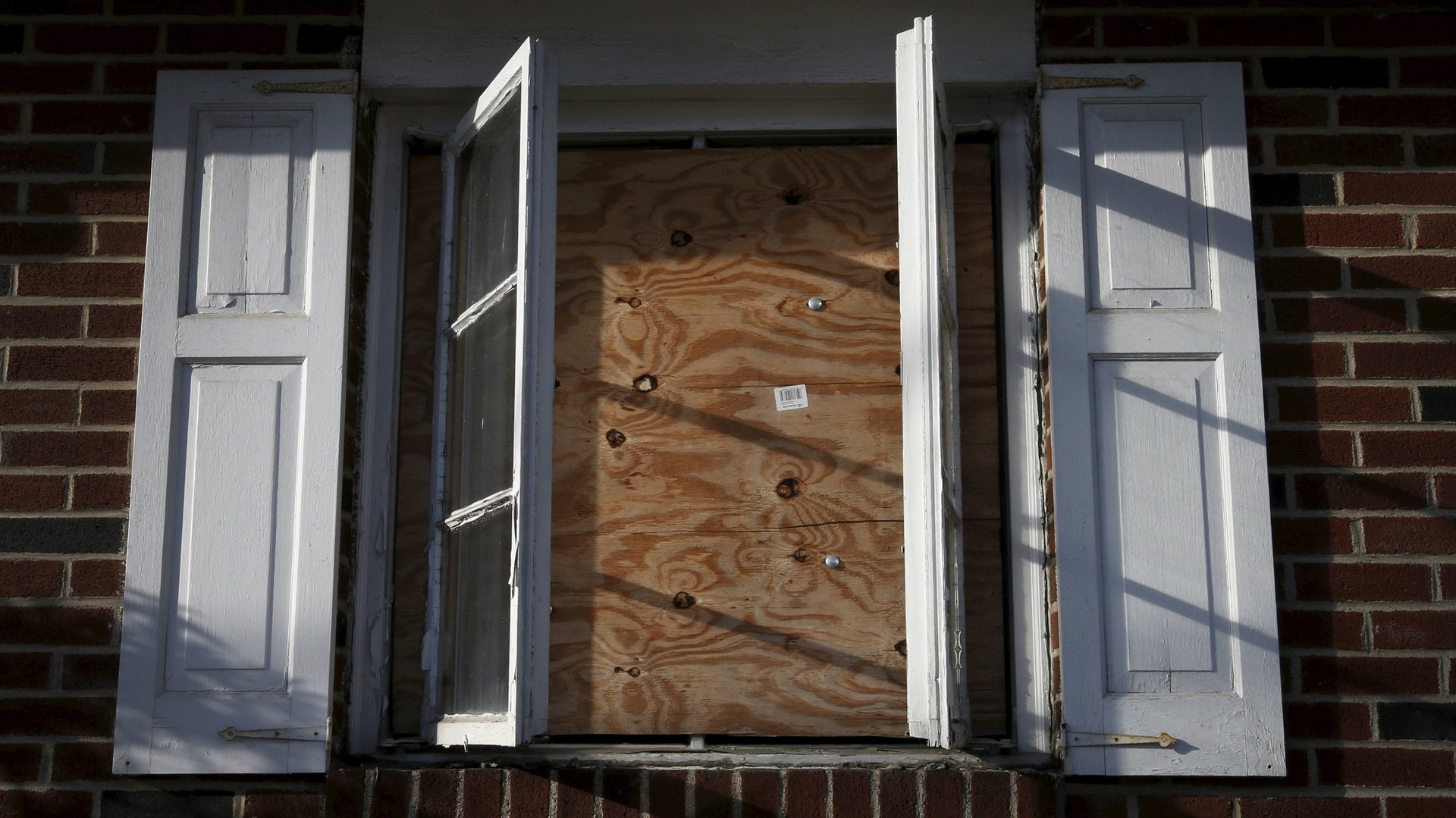The decline of the American single-family home looks more like a problem of supply than demand
The single-family home has for almost a century been at the core of American life. Perhaps not for much longer.


The single-family home has for almost a century been at the core of American life. Perhaps not for much longer.
In 2005, construction began on a record 1.7 million new single-family homes. But after the financial crisis, all types of home building cratered. Construction of single- and multi-family units both fell to about 25% of their mid-2000s high. Yet while the construction of multi-family units has rebounded to pre-2008 levels, single-family homes are still being built at historically low rates.
US census data show that the number of Americans living in detached single-family homes is still 1% below 2007 levels, and the share of 22- to 49-year-olds living in such structures has fallen by more than 2%. And it’s not necessarily by choice.
Jordan Rappaport, an economist at the Federal Reserve Bank of Kansas City, points out that single-family home values are increasing more rapidly than other types of housing, but that very few people are selling. The proportion of single-family homes on the market is at its lowest point since 1982. People still really seem to want to live in single family homes.
What we have then, Rappaport believes, is mostly an issue of constricted supply, not slack demand. And it’s likely to be the new normal.
In the short term, he believes part of the problem is a lack of qualified construction workers with the skills to work on single-family homes. Many construction workers retired or moved on to other professions after the financial crisis.
But even more important might be a geographic problem. There simply aren’t as many plots to build single-family homes in the places where people want to live. “It may be that, in some metros, suburbanization has reached its geographic limit,” Rappaport says. “It’s possible there is not a lot of room to move further out and still have a plausible commute.”
Rappaport’s belief is based on his research showing that the larger the metro area, the larger the decrease in the share of single-family home construction that is happening in the suburbs compared to the city. In other words, people’s preference for a single-family home may not have changed, they just aren’t willing to live hours away from their jobs.
Over the long term, another reason the prominence of the single-family home will decrease in importance is demographic. Baby boomers who live in single-family homes are beginning to downsize to apartments. Rappaport says this trend should escalate over the next five to ten years. This should ease the supply problem, but also decrease demand for new building.
There’s at least one major wildcard for the future of the single-family home: autonomous vehicles. Rappaport thinks this trend might enable further suburbanization as commuting becomes more pleasant. But it also may mean that the huge amount of urban space currently used for parking could someday be repurposed for more multi-family apartment dwellings.